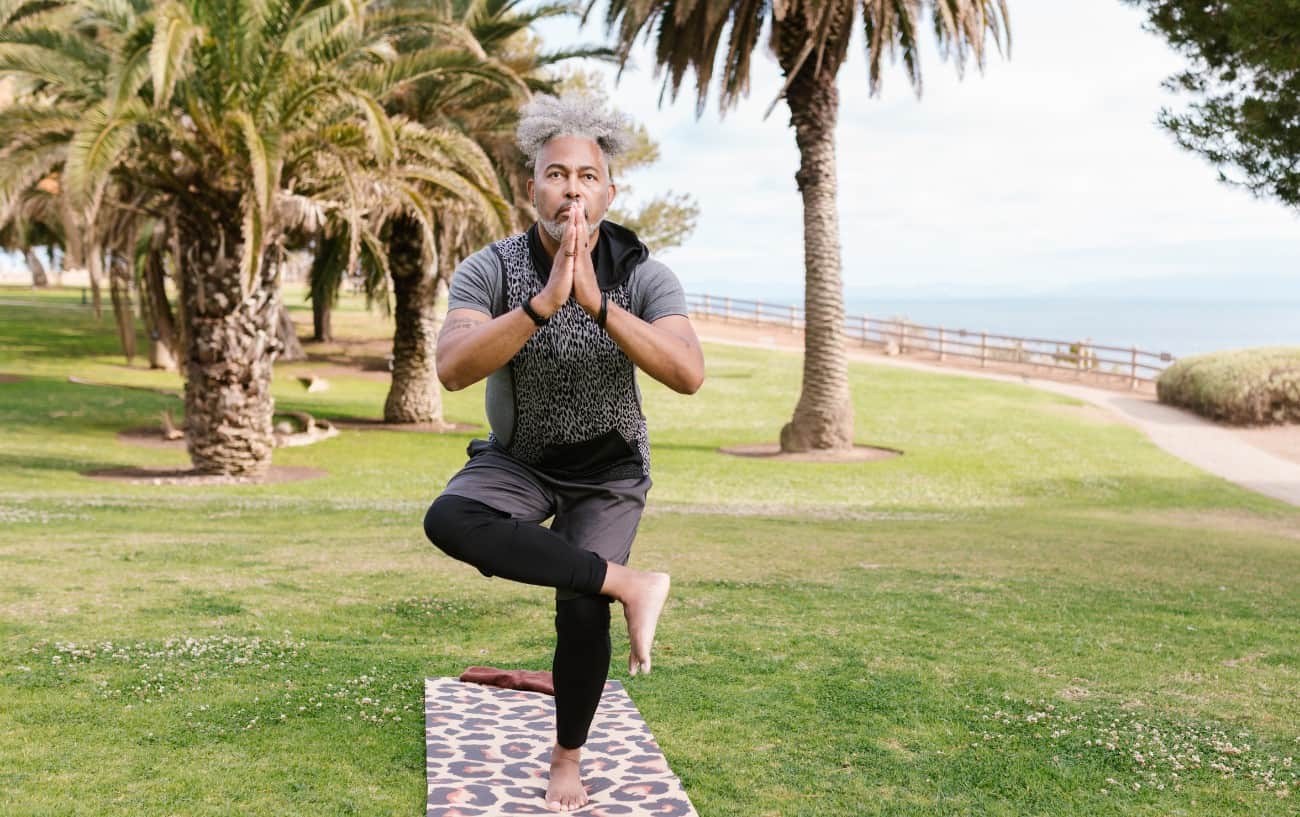
This article will inform you about the benefits of Surya Namaskar. Ashton August, Yoga teacher, discusses the details of body alignment, deep breathing, and specific asanas. Next, you can flow through the sequence by yourself. There are two main parts to the sequence: the opening and the closing. Each pose promotes healthy living. Both are equally important.
Ashton August, a yoga teacher, explains the subtleties of alignment and deep breathing techniques for specific asanas.
The sun, a symbol of the life force, is revered by people for centuries. Numerous agrarian cultures actually revere the sun and consider it a god. Sun-salutation derives its name from ancient rituals and prayers that were used to worship the sun. Yoga practices nowadays are more focused upon physical alignment and breathing techniques. Sun Salutations, on the other hand, are often practiced in moving prayers.
Many studies on yoga, and athleticism have been focused on breath. It has been shown to be linked with competitive ability in nearly every sport, even gymnastics. J. Brown, who developed the practice of abhyasa yoga, the emphasis is on breath rather than movement, and Krishnamacharya linked breath to movement.
Surya Namaskar is a great way to get benefits

A daily practice of Surya Namaskar has many benefits. This gentle yoga exercise improves the body's posture, strengthens the spine, and increases flexibility. It also improves function of the respiratory, circulatory, and cardiovascular systems. This posture also promotes mental clarity and calmness. This is a good way to relax. It also helps to prevent many diseases.
This yoga position improves your respiratory health and slows down the rate you age. It's also useful in reducing anxiety and insomnia. It promotes restful sleep which is essential for good health. It can also help with digestion. While it's beneficial for the heart and lungs, many people do not realize how important sleep is to a healthy lifestyle.
Plank pose
When performing the Plank pose for sun salutation, make sure to engage your lower belly, arms, and back muscles. While it might seem like your upper back is bent, the plank pose actually aligns with your body in a symmetrical way. Roll your shoulders back and place your hands on the shins. You should keep this position for at most five minutes.
Plank pose is a sun salutation. Your back should be on the floor, and your front leg bent to the edge of your foot. Bend the other leg slightly, allowing the knee cap to rest on the floor. The opposite hand should be raised to the ceiling so that your body remains upright. Repeat the process on the opposite hand. Due to the fact that the wrist supports so many of the body's weight, the wrist is most at risk during the sun salutation.
You can flow through the sequence by yourself

It is a great way to practice yoga by yourself, flowing through the sun salutation sequence. It is a dynamic sequence of asanas many yoga teachers use to start a class or warm up. It is a great option for beginners and a great way of practicing yoga at home. This routine can be done with your partner or children.
Like many aspects of yoga, sun salutations can have a positive effect on your physical health. A recent study found that students who had practiced the Sun Salutation sequence felt more relaxed, refreshed, and less likely to experience negative emotions or somatic stress. The Sun Salutation is a foundational practice that beginners should learn. It can be found in nearly every type of yoga.
FAQ
How does one know if he/she has a mental illness?
A person may be diagnosed with a mental illness when they experience symptoms that interfere with their daily activities. There are many symptoms of mental illness. The most common symptoms are feeling depressed, sad, anxious, guilty and hopeless, lonely or depressed, as well as guilt, shame, guilt, guilty, guilty, guilty, suicidal and worthless.
A person could also be diagnosed with mental disorders if they meet the following criteria:
-
Disturbed feelings or thoughts
-
Disturbed behavior
-
Disturbance to functioning
-
Reduced ability to relate to others
Why is mental wellbeing important?
Everyone's mental health is important. If you don't feel well mentally, you won't be able to do anything else. A healthy mind is vital.
Stress can cause mental problems and even physical symptoms. This could cause problems in the body such as backaches, stomachaches, headaches and stomach pains. For our minds and bodies to be healthy, we need to take care of ourselves.
What are the five best ways to improve mental and emotional well-being?
-
Exercise - Physical activity improves brain function and increases energy levels.
-
Sleep - It is important to get enough rest in order to reduce stress and anxiety.
-
Nutrition - Eating healthy foods such as fruits and vegetables will help keep your body strong and energized.
-
Meditation - Meditation regularly can help reduce stress and anxiety.
-
Socialization - Spending time with friends and family, keeps us happy and connected.
Statistics
- Appropriate nutrition and exercise are likely among the most efficacious and cost-effective positive mental health interventions. (ncbi.nlm.nih.gov)
- Similarly, while there is some agreement about the boundaries of typical mental disorders 2, there is likely less agreement about those for positive mental health. (ncbi.nlm.nih.gov)
- It does have some influence, but not nearly as much as we might think, so focusing less on attaining wealth will likely make you happier (Aknin, Norton, & Dunn, 2009); (positivepsychology.com)
- More than 40 million adults in the United States have an anxiety disorder, but less than 37% of people seek mental health treatment for their symptoms. (talkspace.com)
- In any given year, an estimated 18.1% (43.6 million) of U.S. adults ages 18 years or older suffered from any mental illness, and 4.2% (9.8 million) (healthypeople.gov)
External Links
How To
How to improve memory
Everyone would like to have better memory. Unfortunately, memory loss can happen to anyone at any time. More than half of Americans over 65 are affected by some type of dementia.
It doesn't matter whether you're dealing with Alzheimer's, dementia, or other forms of cognitive decline; you have a lot of options when it comes to improving your memory. Here are three easy steps that you can start today:
-
Consume More Fruits & Vegetables. Vegetables contain phytochemicals, vitamins, nutrients, fiber, antioxidants, and minerals that enhance brain function. They also contain essential nutrients that protect against neurological disorders.
-
Get Enough Sleep. Poor concentration and memory loss have been linked to sleep deprivation. Sleep well for seven to eight hours each night.
-
Go for a walk. Walking stimulates blood circulation to the brain, which improves memory. Walking helps you look slimmer, healthier, and more energetic.